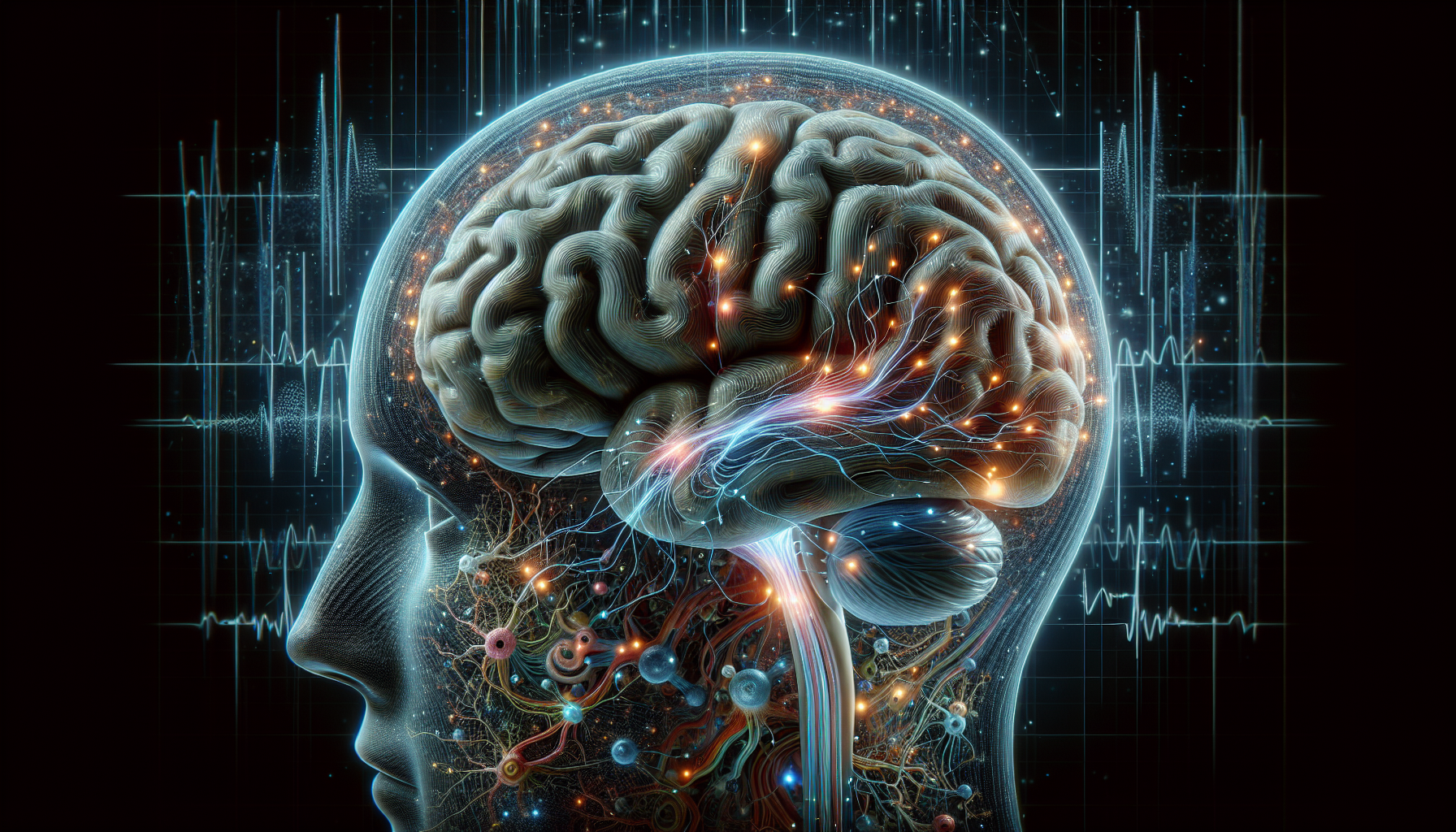The human brain is an extraordinary organ, capable of remarkable transformations throughout a person’s life. This adaptability, known as neural plasticity, allows the brain to reorganize itself by forming new neural connections. One of the most powerful stimulants for such change is continuous learning. Embracing a lifestyle of perpetual learning not only enriches our knowledge and skills but also fortifies our cognitive capacities, shielding against age-related decline and neurological diseases.
Lifelong Learning: A Catalyst for Cognitive Enhancement
The concept of lifelong learning extends beyond the confines of traditional education. It encompasses a deliberate and ongoing effort to acquire knowledge or skills through various means – from formal education to self-directed exploration. Engaging in new learning experiences has been shown to stimulate neural plasticity, which in turn enhances cognitive functions such as memory, attention, and problem-solving.
Studies have demonstrated that individuals who actively pursue learning opportunities exhibit a more robust and interconnected neural network. This is particularly evident in the hippocampus, the brain region implicated in learning and memory formation. By challenging the brain with new information, we encourage the development of new neural pathways and the strengthening of existing ones, a process that can offset cognitive decline and enhance brain health.
The Role of Continuous Learning in Brain Health
Learning is not just for the young; it’s a critical component of maintaining brain health across the lifespan. The brain health section of Avix Health explores the myriad ways in which we can nurture our cognitive functions, and continuous learning stands out as a prominent factor. By persistently engaging our brains, we promote a dynamic neural environment where adaptation and growth are ongoing.
One fundamental aspect of continuous learning is its ability to foster cognitive resilience. Aiding in this endeavor, practices such as Mindfulness Meditation can enhance focus and mental clarity, complementing the learning process. Mindfulness meditation has also been shown to reduce stress, which can negatively impact neural plasticity and brain function.
The Interplay Between Learning and Other Brain Health Factors
The impact of continuous learning on the brain does not exist in isolation. It interacts with various other factors that influence cognitive health. For instance, addressing chronic conditions is crucial as they can have a detrimental effect on the brain’s structure and function. Chronic stress, hypertension, and diabetes, among others, can impair neural plasticity and learning capacity.
Similarly, integrating brainwave entrainment techniques into one’s routine can complement learning by promoting mental states conducive to information absorption and retention. These methods can optimize brain function and support the neural changes associated with continuous learning.
Practical Strategies for Encouraging Continuous Learning
To harness the benefits of continuous learning for neural plasticity, it’s essential to incorporate varied and stimulating educational activities into daily life. Here are some strategies to consider:
- Diverse Learning Experiences: Engage in different types of learning, such as taking up a new hobby, learning a foreign language, or playing a musical instrument. These activities can challenge the brain in unique ways and stimulate different cognitive domains.
- Social Interaction: Learning in a social context, such as through group classes or discussion forums, can enhance understanding and retention. Social engagement itself is beneficial for brain health, providing emotional and cognitive stimulation.
- Incorporate Technology: Use digital platforms and tools to access a wealth of educational resources. Online courses, educational apps, and virtual reality experiences can offer immersive and interactive learning opportunities.
- Physical Exercise: Physical activity is not only good for the body but also for the brain. Exercise has been shown to boost neurogenesis—the creation of new neurons—and support neural plasticity. By combining physical activity with cognitive challenges, such as dance or team sports, you can maximize the benefits for brain health.
Supporting Research and Further Reading
For those interested in delving deeper into the relationship between continuous learning and neural plasticity, several high-quality resources are available. The Dana Foundation offers insights into cognitive growth and decline in the aging brain, emphasizing the importance of continued cognitive engagement. Additionally, the National Institutes of Health provides comprehensive research on the neurobiological mechanisms of learning-induced plasticity.
Another excellent resource is the work by Dr. Norman Doidge, who has written extensively on brain plasticity and its implications for recovery and learning. His books and articles offer a deeper understanding of how the brain changes in response to learning experiences.
Lastly, for a scientific overview of the principles of neural plasticity, the Society for Neuroscience provides a primer on neuroplasticity, detailing how the brain’s structure and function can be altered through various experiences.
Conclusion
The pursuit of continuous learning stands as a testament to the brain’s remarkable capacity for change and adaptation. By embracing lifelong learning, we not only enrich our lives with new skills and insights but also actively participate in the enhancement of our neural plasticity. This process not only has the potential to improve our cognitive functions throughout our lives but also serves as a protective factor against cognitive decline and neurological disorders. As we continue to explore the vast landscapes of knowledge and experience, we foster a resilient, dynamic, and healthy brain, well-equipped to navigate the intricacies of life.



